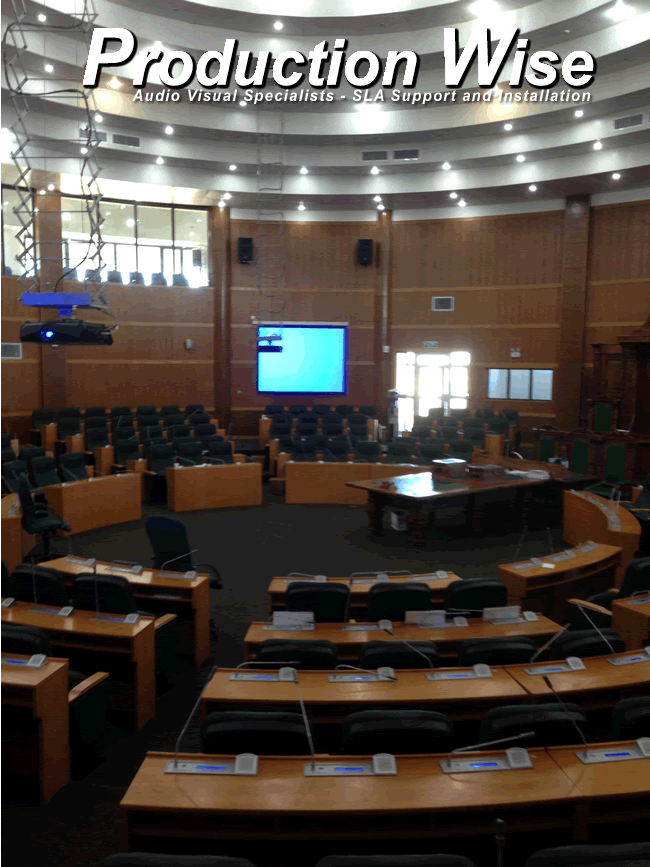Illuminating the Impact of Illumination Conditions on Movement Detection Precision and Dependability
Illuminating the Impact of Illumination Conditions on Movement Detection Precision and Dependability
Blog Article
Illumination conditions play a significant role in the way effectively we can perceive motion. Movement detection is a key component of different systems, including security cameras, automated lighting systems, and also some video games. Comprehending how various lighting conditions influence our capacity to perceive motion can assist improve the development and effectiveness of these systems. For example, poor lighting can lead to overlooked motions or incorrect alerts, while ideal illumination can boost the precision of movement detection systems.
In bright illumination conditions, motion detection is typically more accurate. As there is sufficient illumination, sensors and cameras can obtain clearer pictures, which helps in recognizing dynamic objects. Well-lit conditions allow for better contrast between the moving object and the background. This differentiation is essential for both visual observers and automated technologies, as it makes it easier to distinguish between stationary and moving objects in a setting. Therefore, ensuring that areas are adequately illuminated can significantly enhance the performance of motion detection technologies.
On the other hand, dim conditions can present challenges for movement detection. In low-light environments, darkness can hide dynamic objects, making them difficult to perceive. Additionally, the human eye struggles to perceive motion in dim conditions, which can lead to misinterpretation of the situation in the surroundings. Cameras may also face challenges, as many do not perform well in low light without the use of infrared capabilities or other enhancements. These restrictions highlight the importance of sufficient lighting in settings where movement detection is critical.
Additionally, various kinds of lighting can have varying effects on motion detection. For example, fluorescent lights can flash, which can confuse movement detection systems that rely on steady light sources. On the other hand, natural provides a steady form of illumination that enhances visibility. Understanding these differences in lighting types can assist users in selecting the most suitable lighting for specific click here for info applications, particularly in surveillance and surveillance situations.
In summary, the relationship between lighting conditions and movement detection precision is important. By ensuring that settings are suitably lit, we can enhance the reliability of movement detection technologies. This knowledge not only supports technological applications but also improves security and security in various environments. As further developments are made in motion detection technology, considering lighting conditions will remain a crucial factor in enhancing effectiveness and guaranteeing that these technologies work effectively cctv security camera motion alerts in different environments.